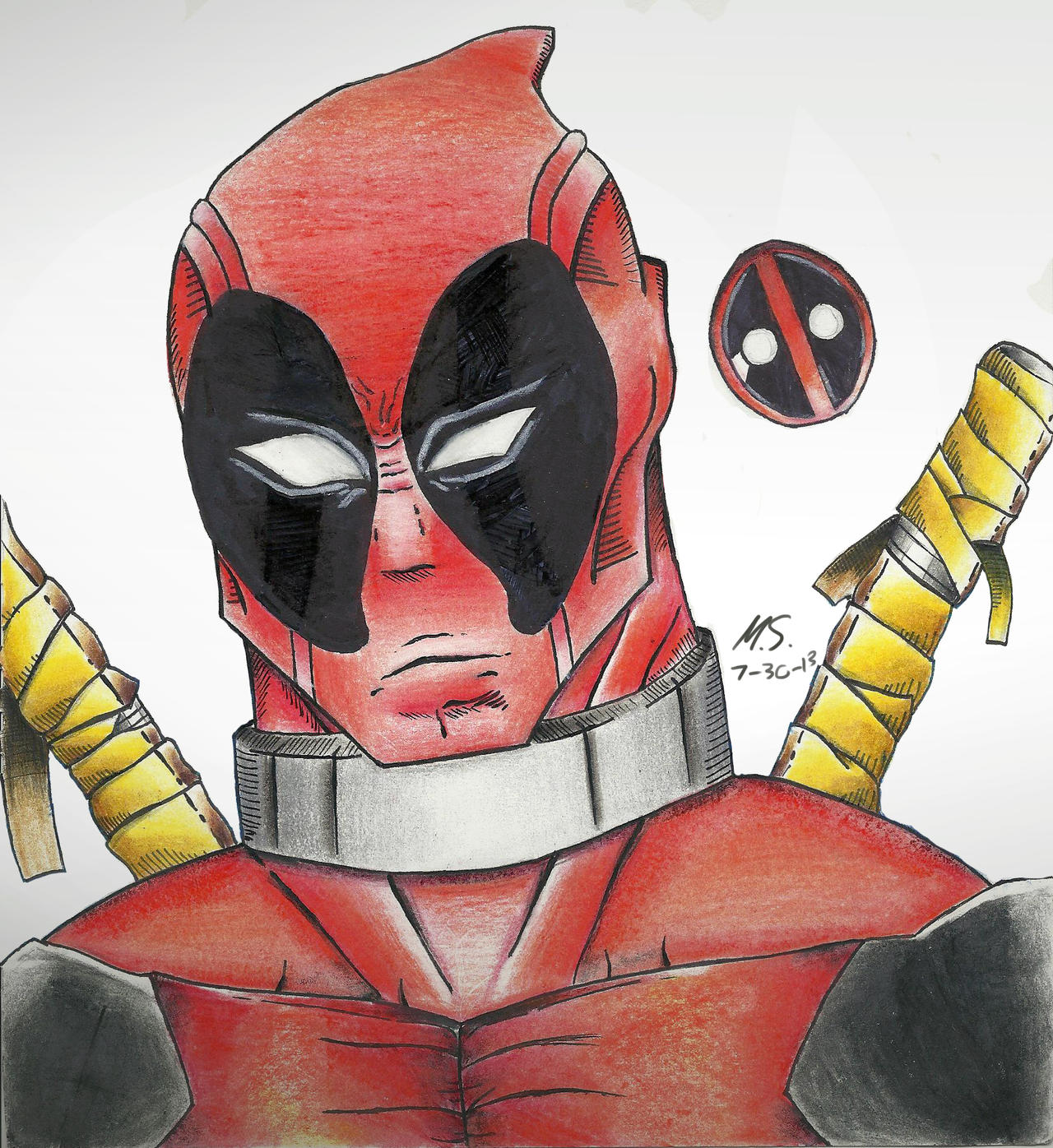Drawing muscles
Table of Contents
Table of Contents
If you want to improve your drawing skills and create more realistic figures, one of the most important areas to focus on are the arms. A set of muscular arms can be a statement piece in a portrait, comic, or graphic novel. Here’s everything you need to know about how to draw muscular arms that pop off the page.
Even if you’re an experienced artist, there can be challenges to getting the arms just right. Perhaps the muscles don’t look defined enough, or the perspective is off. These challenges can be frustrating and make the final product look amateurish.
The first step to drawing muscular arms is understanding the anatomy. The muscles in the arm, such as the biceps, triceps, and deltoids, all play a part in its shape and definition. Once you have a grasp on the anatomy, you can start exploring different techniques for shading and adding depth to the arms.
One important technique to remember is to use a variety of line weights. This means using thin lines for some areas and thicker, bolder lines for others. This technique can create the illusion of depth and shadowing and give your arms a more three-dimensional look.
My Experience with Drawing Muscular Arms
As an artist, I’ve always been fascinated by the intricacies of the human body. However, drawing muscular arms always seemed like a daunting task. I would spend ages on the arms, trying to get them just right but never feeling fully satisfied with the final result.
Eventually, I learned that by focusing on the major muscle groups and using varied line weights, I could create realistic and dynamic arms. It took practice, patience, and a lot of trial and error, but the end result was worth it.
Understanding Muscular Anatomy
When it comes to drawing muscular arms, it’s essential to know the anatomy of the arm. The bicep muscle is responsible for flexing the arm, while the triceps muscle extends the arm. The deltoid muscle, located at the top of the arm, also plays a significant role in arm movement and shape.
Understanding the function of each muscle group can help you better define them in your drawing. Additionally, adding shadows and highlights to the muscles can create a more realistic look.
Shading Techniques for Muscular Arms
Shading is a critical part of creating depth and dimension in your drawings. When it comes to muscular arms, using a variety of shading techniques can create a more realistic look.
One technique is cross-hatching, which involves drawing lines in different directions to create a textured effect. Another technique is stippling, which involves using small dots to create shading. Experiment with different techniques to find the one that works best for your style.
Practicing How to Draw Muscular Arms
Like any skill, practicing how to draw muscular arms is crucial. Take the time to study the anatomy and practice drawing arms from different angles and perspectives. Find reference photos online or in books to study the shape and form of muscular arms. With time and practice, you’ll be able to create realistic and dynamic arms in your artwork.
Questions and Answers
Q: How do I know where to place the muscles in the arms?
A: Studying the anatomy of the arm is the best way to know where the muscles should be placed. Look for reference photos online or in books to see how the muscles are positioned, and practice drawing them from different angles.
Q: How do I create shadows on the arms?
A: Shadows can be created by using a variety of shading techniques, such as cross-hatching or stippling. Experiment with different techniques to find the one that works best for your style.
Q: What’s the best way to practice drawing arms?
A: Practicing drawing arms from different angles and perspectives is the best way to improve your skills. Focus on the major muscle groups and experiment with different shading techniques.
Q: How do I make the arms look more three-dimensional?
A: Using varied line weights and shading can create the illusion of depth and make the arms look more three-dimensional. Experiment with different techniques until you find the one that works best for your style.
Conclusion of How to Draw Muscular Arms
Drawing muscular arms can seem daunting, but with practice and a little knowledge of anatomy and shading techniques, anyone can do it. By focusing on the major muscle groups and using varied line weights and shading techniques, you can create realistic and dynamic arms in your artwork. Keep practicing, and soon you’ll be able to draw muscular arms that pop off the page!
Gallery
Drawing Muscles - Drawing Comics - Joshua Nava Arts In 2021 | How To

Photo Credit by: bing.com / chest getdrawings
Pin By Lisa Ruiz On The Figure | Human Anatomy Drawing, Human Anatomy

Photo Credit by: bing.com / arm drawing anatomy ruiz lisa muscle human reference arms
Muscle Reference- ARM By 10kk On DeviantART | 팔 해부학, 드로잉 강좌, 스케치

Photo Credit by: bing.com /
How To Draw Arms | Www.drawing-made-easy.com | #draw #arms | Arm

Photo Credit by: bing.com /
Human Anatomy Muscles Drawing Muscle Anatomy Drawing Images – Learn

Photo Credit by: bing.com / anatomy arm muscle muscles drawing human forearm sketch body reference diagram hand sketches figure deviantart getdrawings paintingvalley explore anatomia male





